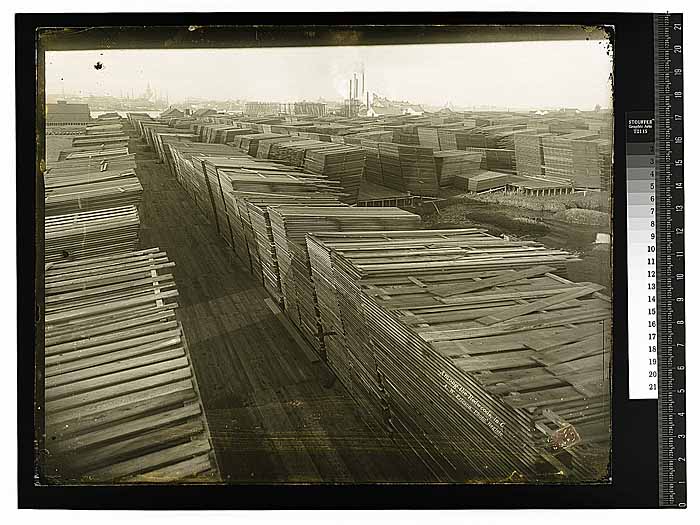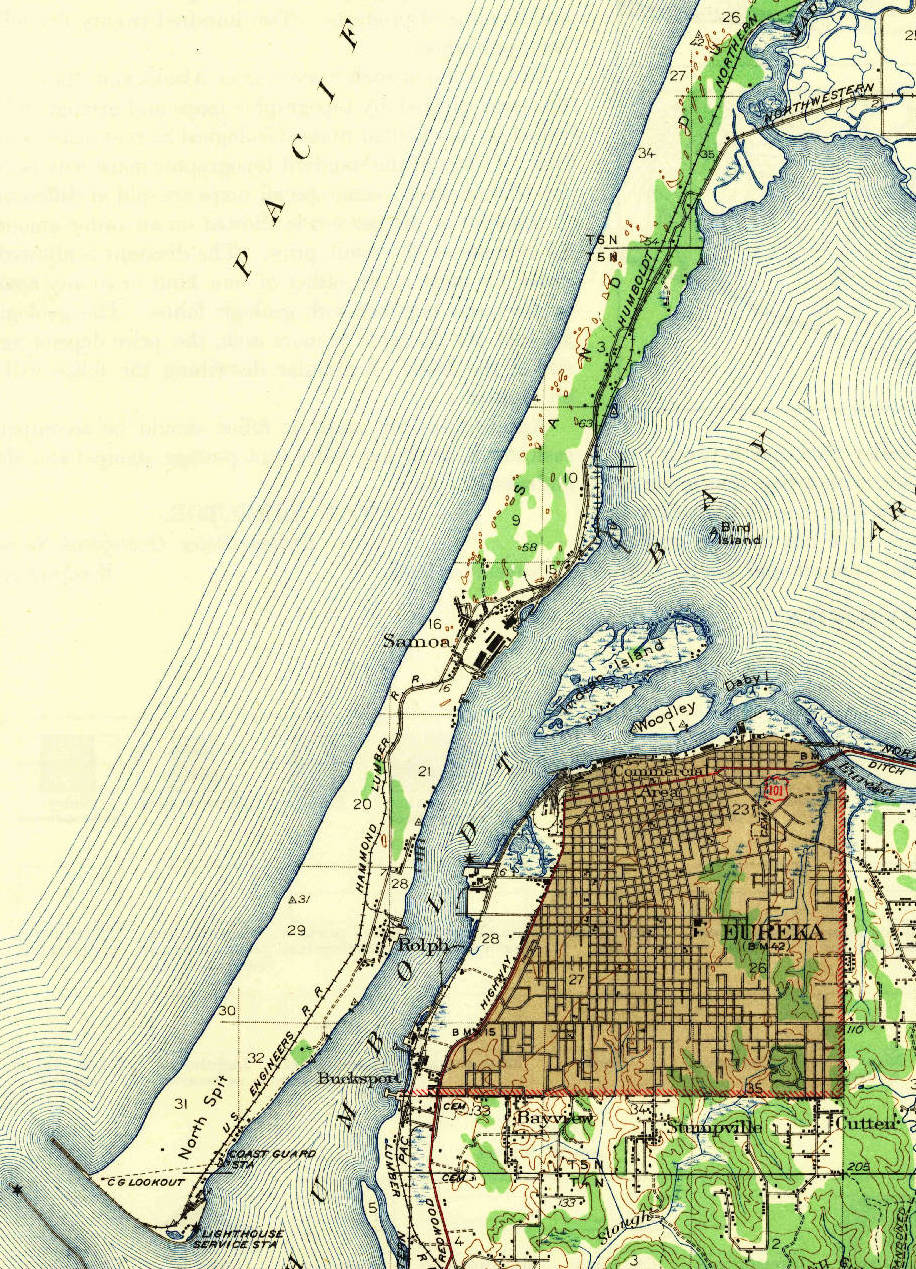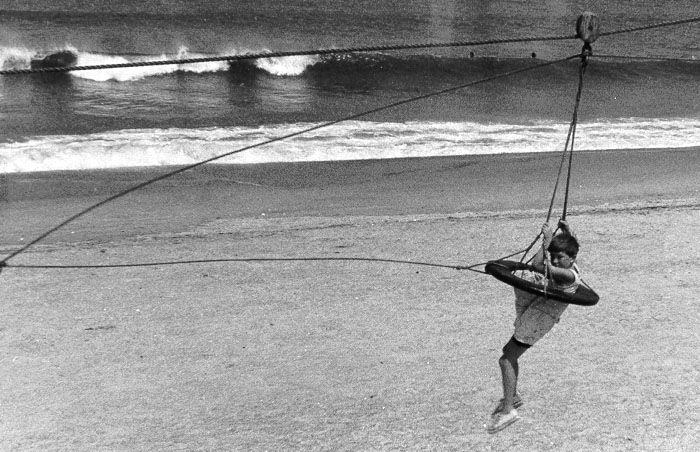|
USS H-3 (SS-30)
USS ''H-3'' (SS-30) was a H-class submarine originally named ''Garfish'', the only ship of the United States Navy named for the gar, a popular target for recreational anglers. ''Garfish'' was laid down by The Moran Company in Seattle, Washington. She was renamed ''H-3'' on 17 November 1911, launched on 3 July 1913 sponsored by Ms. Helen MacEwan, and commissioned at Puget Sound on 16 January 1914, Lieutenant, junior grade William R. Munroe in command. Service history After shakedown, ''H-3'' was attached to the Pacific Fleet and began operations along the coast from lower California to Washington, exercising frequently with and . ''H-3'' ran aground in heavy fog while attempting to enter Humboldt Bay on the morning of 16 December 1916. The crew were rescued by Coast Guard Humboldt Bay Life-Saving Station; many were brought to shore by breeches buoy. Storm surf pushed ''H-3'' high up on a sandy beach, surrounded by quicksand. At low tide, she was from the water, but at hig ... [...More Info...] [...Related Items...] OR: [Wikipedia] [Google] [Baidu] |
The Moran Company
The Seattle Construction and Drydock Company was a shipbuilding company based in Seattle, Washington. Between 1911 and 1918, it produced a substantial number of ships for both commercial and military uses. History Formally established in 1911, the shipyard could trace its history back to 1882, when Robert Moran opened a marine repair shop at Yesler's Wharf () and became involved with Bailey Gatzert and the Seattle Dry Dock & Ship Building Company. Moran was elected mayor of Seattle in 1888 and while his original shop and the dry dock became a victim of the Great Seattle Fire of 1889, the business continued to expand and became the Moran Brothers Shipyard, located a few steps further south (). In 1906 the Moran family left the business, but the name persisted and the yard now operated as Moran Company and became the Seattle Construction and Drydock Company at the end of 1911. Some time in 1916, William H. Todd made one of the first acquisitions for the corporation that would ... [...More Info...] [...Related Items...] OR: [Wikipedia] [Google] [Baidu] |
California
California is a U.S. state, state in the Western United States, located along the West Coast of the United States, Pacific Coast. With nearly 39.2million residents across a total area of approximately , it is the List of states and territories of the United States by population, most populous U.S. state and the List of U.S. states and territories by area, 3rd largest by area. It is also the most populated Administrative division, subnational entity in North America and the 34th most populous in the world. The Greater Los Angeles area and the San Francisco Bay Area are the nation's second and fifth most populous Statistical area (United States), urban regions respectively, with the former having more than 18.7million residents and the latter having over 9.6million. Sacramento, California, Sacramento is the state's capital, while Los Angeles is the List of largest California cities by population, most populous city in the state and the List of United States cities by population, ... [...More Info...] [...Related Items...] OR: [Wikipedia] [Google] [Baidu] |
Flagship
A flagship is a vessel used by the commanding officer of a group of naval ships, characteristically a flag officer entitled by custom to fly a distinguishing flag. Used more loosely, it is the lead ship in a fleet of vessels, typically the first, largest, fastest, most heavily armed, or best known. Over the years, the term "flagship" has become a metaphor used in industries such as broadcasting, automobiles, education, technology, airlines, and retail to refer to their highest profile or most expensive products and locations. Naval use In common naval use, the term ''flagship'' is fundamentally a temporary designation; the flagship is wherever the admiral's flag is being flown. However, admirals have always needed additional facilities, including a meeting room large enough to hold all the captains of the fleet and a place for the admiral's staff to make plans and draw up orders. Historically, only larger ships could accommodate such requirements. The term was also used by ... [...More Info...] [...Related Items...] OR: [Wikipedia] [Google] [Baidu] |
San Pedro, California
San Pedro ( ; Spanish: " St. Peter") is a neighborhood within the City of Los Angeles, California. Formerly a separate city, it consolidated with Los Angeles in 1909. The Port of Los Angeles, a major international seaport, is partially located within San Pedro. The district has grown from being dominated by the fishing industry, to a working-class community within the city of Los Angeles, to a rapidly gentrifying community. History The peninsula, including all of San Pedro, was the homeland of the Tongva-Gabrieleño Native American people for thousands of years. In other areas of the Los Angeles Basin archeological sites date back 8,000–15,000 years. The Tongva believe they have been here since the beginning of time. Once called the "lords of the ocean", due to their mastery of oceangoing canoes (Ti'ats), many Tongva villages covered the coastline. Their first contact with Europeans was in 1542 with Juan Rodríguez Cabrillo, the Spanish explorer who also was the first to wri ... [...More Info...] [...Related Items...] OR: [Wikipedia] [Google] [Baidu] |
Protected Cruiser
Protected cruisers, a type of naval cruiser of the late-19th century, gained their description because an armoured deck offered protection for vital machine-spaces from fragments caused by shells exploding above them. Protected cruisers resembled armored cruisers, which had in addition a belt of armour along the sides. Evolution From the late 1850s, navies began to replace their fleets of wooden ships-of-the-line with armoured ironclad warships. However, the frigates and sloops which performed the missions of scouting, commerce raiding and trade protection remained unarmoured. For several decades, it proved difficult to design a ship which had a meaningful amount of protective armour but at the same time maintained the speed and range required of a "cruising warship". The first attempts to do so, armored cruisers like , proved unsatisfactory, generally lacking enough speed for their cruiser role. During the 1870s the increasing power of armour-piercing shells made armou ... [...More Info...] [...Related Items...] OR: [Wikipedia] [Google] [Baidu] |
Eureka, California
Eureka (Wiyot: ''Jaroujiji'', Hupa: ''do'-wi-lotl-ding'', Karuk: ''uuth'') is the principal city and county seat of Humboldt County in the Redwood Empire region of California. The city is located on U.S. Route 101 on the shores of Humboldt Bay, north of San Francisco and south of the Oregon border. At the 2010 census, the population of the city was 27,191, and the population of Greater Eureka was 45,034. Eureka is the largest coastal city between San Francisco and Portland, Oregon, and the westernmost city of more than 25,000 residents in the 48 contiguous states.Eureka (city), California , State & County QuickFacts, January 10, 2013, note: in data set The proximity to the sea causes the city to have an extremely maritime clim ... [...More Info...] [...Related Items...] OR: [Wikipedia] [Google] [Baidu] |
Mare Island Navy Yard
The Mare Island Naval Shipyard (MINSY) was the first United States Navy base established on the Pacific Ocean. It is located northeast of San Francisco in Vallejo, California. The Napa River goes through the Mare Island Strait and separates the peninsula shipyard (Mare Island, California) from the main portion of the city of Vallejo. MINSY made a name for itself as the premier U.S. West Coast submarine port as well as serving as the controlling force in San Francisco Bay Area shipbuilding efforts during World War II. The base closed in 1996 and has gone through several redevelopment phases. It was registered as a California Historical Landmark in 1960, and parts of it were declared a National Historic Landmark District in 1975. Beginnings In September 1849, Lieutenant Commander William Pope McArthur was placed in command of the US survey schooner ''Ewing'', which had been brought around Cape Horn to the West Coast by Lieutenant Washington Allon Bartlett. Upon reaching San Fran ... [...More Info...] [...Related Items...] OR: [Wikipedia] [Google] [Baidu] |
Tugboat
A tugboat or tug is a marine vessel that manoeuvres other vessels by pushing or pulling them, with direct contact or a tow line. These boats typically tug ships in circumstances where they cannot or should not move under their own power, such as in crowded harbour or narrow canals, or cannot move at all, such as barges, disabled ships, log rafts, or oil platforms. Some are ocean-going, some are icebreakers or salvage tugs. Early models were powered by steam engines, long ago superseded by diesel engines. Many have deluge gun water jets, which help in firefighting, especially in harbours. Types Seagoing Seagoing tugs (deep-sea tugs or ocean tugboats) fall into four basic categories: #The standard seagoing tug with model bow that tows almost exclusively by way of a wire cable. In some rare cases, such as some USN fleet tugs, a synthetic rope hawser may be used for the tow in the belief that the line can be pulled aboard a disabled ship by the crew owing to its lightness ... [...More Info...] [...Related Items...] OR: [Wikipedia] [Google] [Baidu] |
Samoa, California
Samoa (formerly Brownsville) is a census-designated place in Humboldt County, California. It is located northwest of Eureka, at an elevation of 23 feet (7 m). Samoa is located in the northern peninsula of Humboldt Bay and is the site of the Samoa Cookhouse, one of the last remaining original, lumber-camp style cookhouses. The name Samoa is used interchangeably with the peninsula it occupies. The population was 258 at the 2010 census. Etymology Samoa was given its current name in honor of a contemporary crisis in the Samoan Islands in 1890s. It was assumed that its harbor was similar to the harbor of Pago Pago in American Samoa, and the town was consequentially named Samoa. It was originally known as Brownsville, named for James D.H. Brown, who was the owner of a dairy ranch established in 1859. History Prior to private settlement of the area, the north spit at the entrance to Humboldt Bay was used by a series of federal government projects including the 1851 to 1892 Humboldt ... [...More Info...] [...Related Items...] OR: [Wikipedia] [Google] [Baidu] |
Breeches Buoy
A breeches buoy is a rope-based rescue device used to extract people from wrecked vessels, or to transfer people from one place to another in situations of danger. The device resembles a round emergency personal flotation device with a leg harness attached. It is similar to a zip line. The breeches buoy may be deployed from shore to ship, ship to ship, or ship to shore using a Manby mortar, rocket, kite system, or a Lyle gun, and allowed evacuations of one person at a time. A line is attached to the ship, and the person being rescued is pulled to shore in the breeches buoy. History An early rescue using the equipment took place in 1866. The correspondent of the Scotsman, wrote :— Described as the first use of the apparatus, a re-enactment took place 150 years later. Eventually the Manby mortar was replaced by rockets to shoot lines to ships in distress. In 1967 a documentary on the inventor George Manby was made. Locations included Denver, Downham Market and Great Y ... [...More Info...] [...Related Items...] OR: [Wikipedia] [Google] [Baidu] |
Humboldt Bay Life-Saving Station
The Humboldt Bay Life-Saving Station was originally built in November 1878 on the north side of the entrance to Humboldt Bay in northern California, United States near Eureka, adjacent to the site of the first Humboldt Harbor Light (1856–1892). Rebuilt in 1936 with marine railways to launch rescue surfboats, the historic facility was placed on the National Register of Historic Places on October 30, 1979. The station continues to function as an important asset of the United States Coast Guard in the Coast Guard Group/Air Station Humboldt Bay. History Early history Humboldt Bay was listed as one of the most dangerous harbor entrances in California due to the narrow wide channel with tidal currents and shifting sandbars plus unpredictable weather with high winds and heavy fog. In 1851, the United States Congress appropriated $15,000 for the Humboldt Harbor Light which entered service in 1856. The vegetable oil burning light shone from a tall tower whose keeper lived in a ... [...More Info...] [...Related Items...] OR: [Wikipedia] [Google] [Baidu] |

.jpeg)








